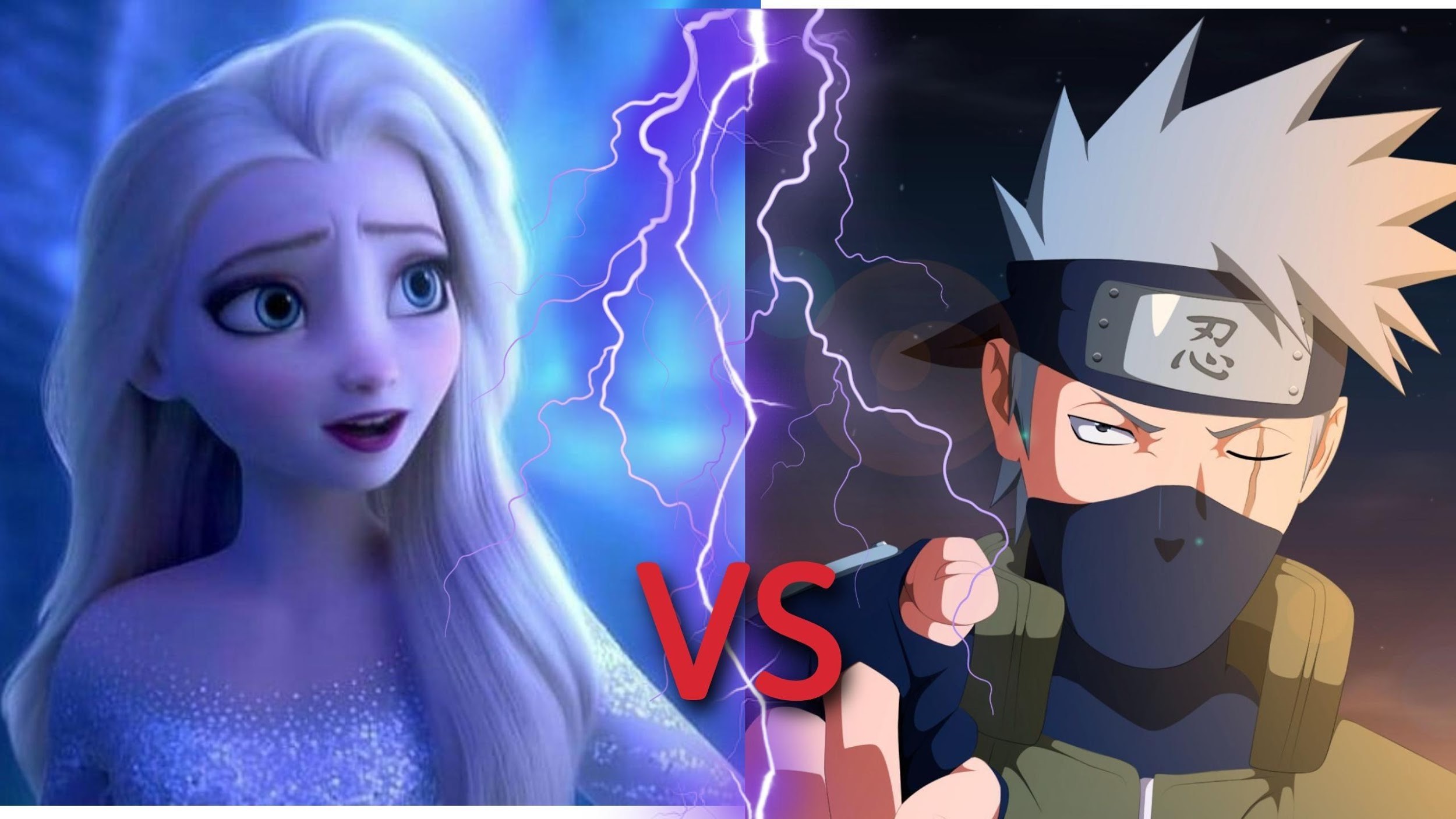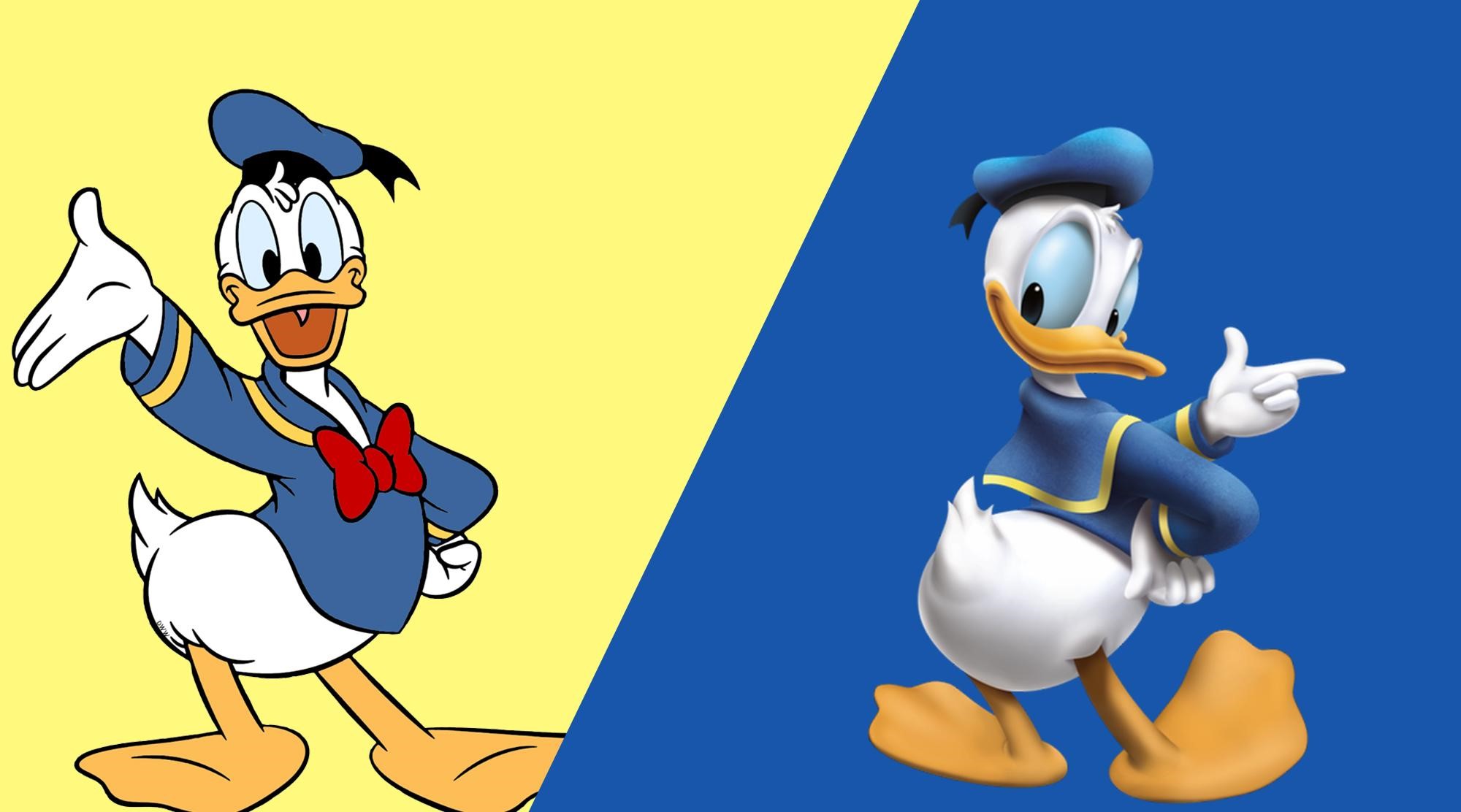Modern marketing is equipped with such an extremely efficient tool as explainer animated video. The essential technique of this tool is 2D 3D animation.
It is interesting that the unstoppable tech progress breaking in our life is changing things dramatically and animation also is experiencing significant transformation like many other fields and arts. The developing 3D animation hasn’t substituted 2D but it formed the reality when we have two basically different ways of animation.
With the era of 3D animation raised the major of the characters from the era of 2D cartoon animation became superannuated.
The superstars of 2D animation do not impress the modern children as they used to impress us.
When we are comparing portrayed on-screen images and scenes in the 2D and 3D way, we may subconsciously sense the inferiority of the 2D. This is because the difference between 2d and 3d animation is more than a difference of levels, — it is a difference of paradigms.
However, 2D animation shows the power of art to move subjects in a two-dimensions — length and width. The characters and backgrounds get dynamic and perform due to the hard work of the cartoonists.
Each drawing performs for one or two frames which respectively turns it into 12 or 24 frames for each second. But, to reach a smooth flow of the shots the sequencing should be 24 frames per second.
So, you need a great deal of the pencil sketches interconnected in a sequence that provokes an illusion of movement.
While the 3D animation is done employing special software. It is about creating models in the framework of the digital space. In addition to length and width, there appears height.
This type of animation is far more complex and comprises modeling, animation, and rendering.
3D is generally almost two times more expensive than 2D animation. It is not constant and the costs can vary from project to project.
Let’s go into details
2D supposes drawing of all the poses starting from the first key, then all the following, and the final key pose. The drawing of a character is actually a drawing just of that part of the body that will be displayed via shot. If, for example, a character in accordance to a script is keeping its arm behind and a viewer can’t see, then this arm actually doesn’t exist at all. You don’t need to draw a piece that is not shown.
When a character closes his eyes, there is no eyeball there. They will appear again when you draw them.
From this perspective, 3D is pretty much another thing. When a character is created in the digital environment, all its body elements remain there and you ought to remember their existence.
There is no possibility to shift a camera’s angle in 2D, as all the poses, characters, and backgrounds were already drawn from a precise angle. Changing the angle of the shot provokes the necessity of redrawing the whole scope of the sequence. There no such problem when you deal with 3D because it is not so complicated to shift afterwards the camera’s angle to realize a director’s vision.
Animation is an art and we are used to believing that art is not supposed to deal with graphs and curves. But, that is not the case when you do a 3D animation. The thing is that you need to make curves correlate to each controller to create something animation-like in a system of 3 axes.
Let’s fancy we got a character as a 3D model and we want it to raise its hand. Well, it will take us much effort and skills.
Firstly, we go to the timeline’s first frame and set a keyframe. A keyframe is an algorithm that delivers the program our intention to raise a character’s hand in a certain time and position.
Next, we head 10 frames forward and operate with curves and the hand goes up.
Then the difference between the first and the second keyframes is interpolated by a computer interpolates and the system generates the movement of the hand from point A to point B.
This process will be applied to the whole body of the character and in some hours of the meticulous work, there appears the 3D animation, actually, just a piece short element.
And the animation like running, when you need to synchronize dozens of movements to make it look natural kills days and weeks of hard work. That is why 3D is so expensive.
At the time, the power of its effects may be worth the costs. Here you can see some examples and feel the way it works https://explain.ninja/3d-animated-videos/
Frame rate
When you animate 2D you draw each of the 24 frames you have in a second. That is pretty a lot.
But, there is a trick animators use to reduce the number of drawing frames — they use fewer new draws when it comes to less activity of the character. Sometimes it OK to use one draw for 2, 3, or even 4 frames.
You can notice that in Japanese animation. Pretty often they keep the same draw for many frames making stop motion.
And this cannot be done in 3D. As it is about making a 3D-designed model alive via movements, when there are no movements even for one frame the character seems to be dead. So, the big challenge for a 3D designer is to make the character alive in the moments when it has to stay motionless.






